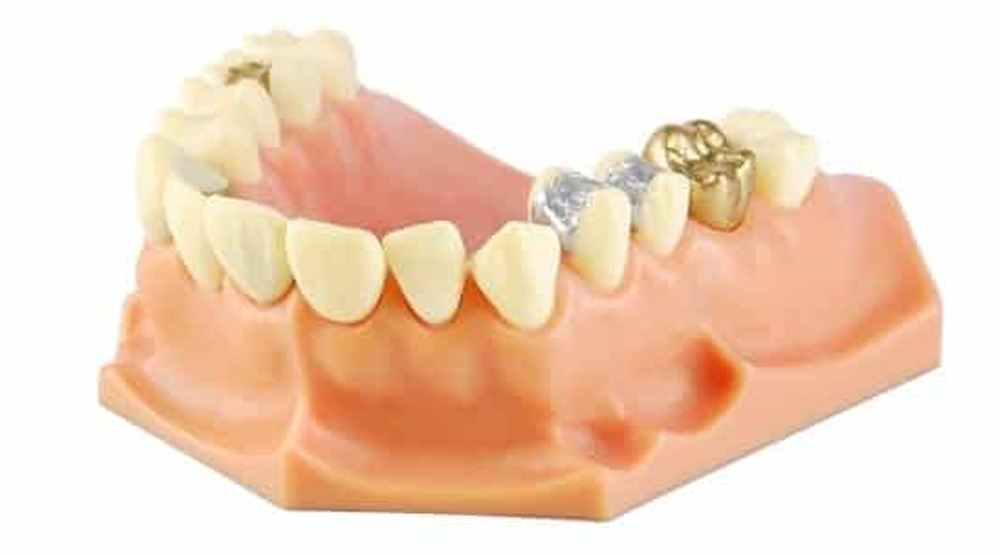Other Materials You Can Use for Filling and Their Benefits and Risks

The use of dental amalgam has been declining through the years, with materials such as resin-based composites and glass ionomers (sometimes called “porcelain”, “resin” or “white fillings”) being more widely used.
The durability of these alternative materials has improved since they were first developed, but may not reach that of dental amalgam fillings, especially in areas with higher biting forces or wear and stress from chewing, such as the back teeth (molars).
Dental amalgam has advantages over resin-based materials in certain clinical situations, for example:
- when a patient is identified as being at higher risk for tooth decay;
- when there is a need for large fillings in posterior (back) teeth where biting forces are high; and
- where moisture can present a problem for certain placement such as near the gumline.
Although resin-based materials may require more time for placement, they typically require the removal of less healthy tooth structure for placement, compared to dental amalgam.
In addition, resin-based materials offer the added benefit in that they are color-matched to tooth structure and do not contain any heavy metals.
However, resin-based materials also have risks associated with their use, with primary concerns being potential exposure and hypersensitivity to certain chemicals such as methacrylate and how long they will last (longevity).
If you need a filling, discuss all treatment options with your dental provider, including the benefits and risks of using dental amalgam and other dental restorative materials, to help you make an informed decision.
If you are concerned about mercury exposure from dental amalgam, resin-based materials should be strongly considered.
The decision about what material to use to fill cavities in teeth is one that should be made between you and your dental provider (and physician if needed).
The durability of any filling or tooth depends on many factors besides dental filling materials. To help your teeth and fillings last as long as possible, you should maintain a healthy diet, proper oral hygiene, and regular dental checkups.
What If I Have Adverse Reactions with a Dental Amalgam Filling?
If you believe you have experienced adverse reactions from treatment with dental amalgam, you should discuss this with your dentist or physician.















Leave a Reply